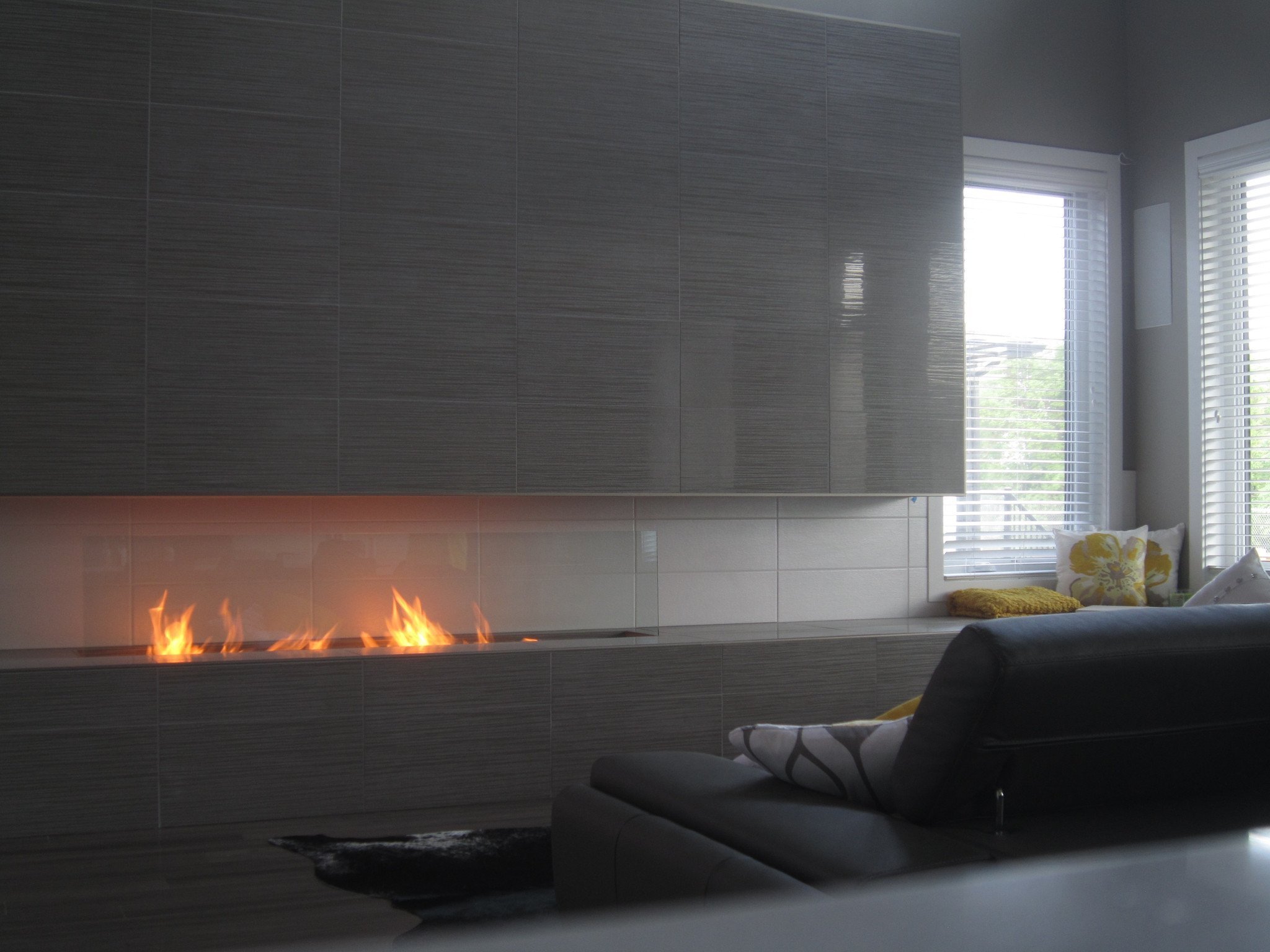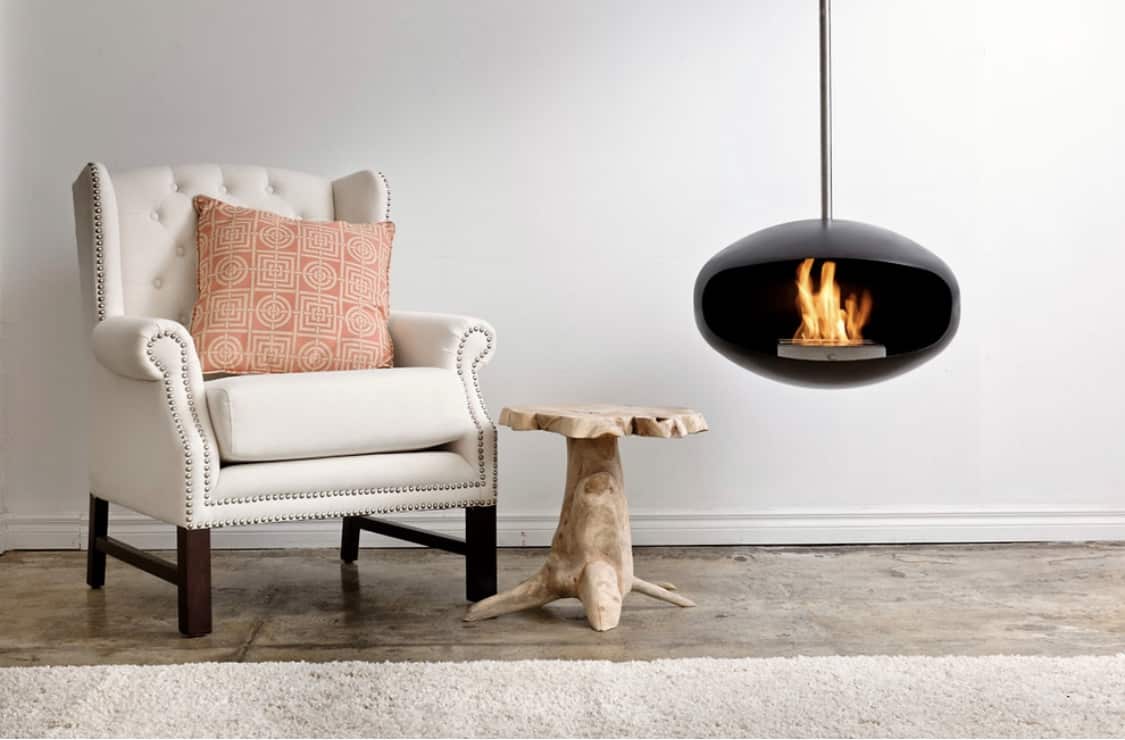Chimney Care – Masonry Smoke Chambers
Just above the visible area of your fireplace is a smoke chamber that aids in efficiently removing smoke from your home. While newer homes typically have smooth (parged) smoke chambers which are much more efficient, older fireplaces have a stair step pattern and are more likely to build up creosote. This informational video from HeatShield explains the differences and how they impact the performance of your fireplace and chimney system: If you need to have your smoke chamber parged, be sure to contact a CSIA Certified Chimney Professional to ensure proper repairs. Parging your smoke chamber is a simple fix and will not only produce a more efficient system, but will also bring your fireplace up to current IRC and NFPA211 standards.



